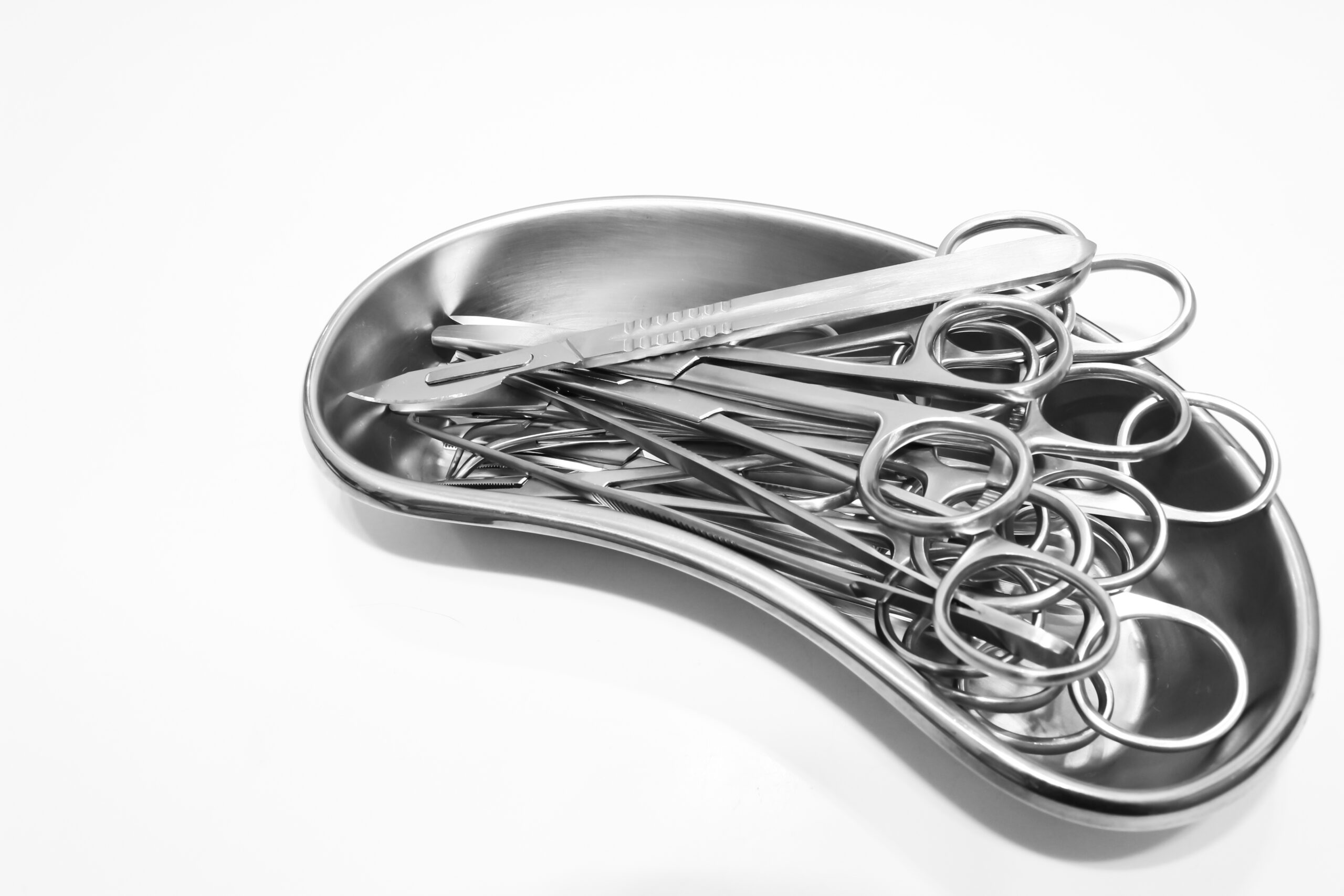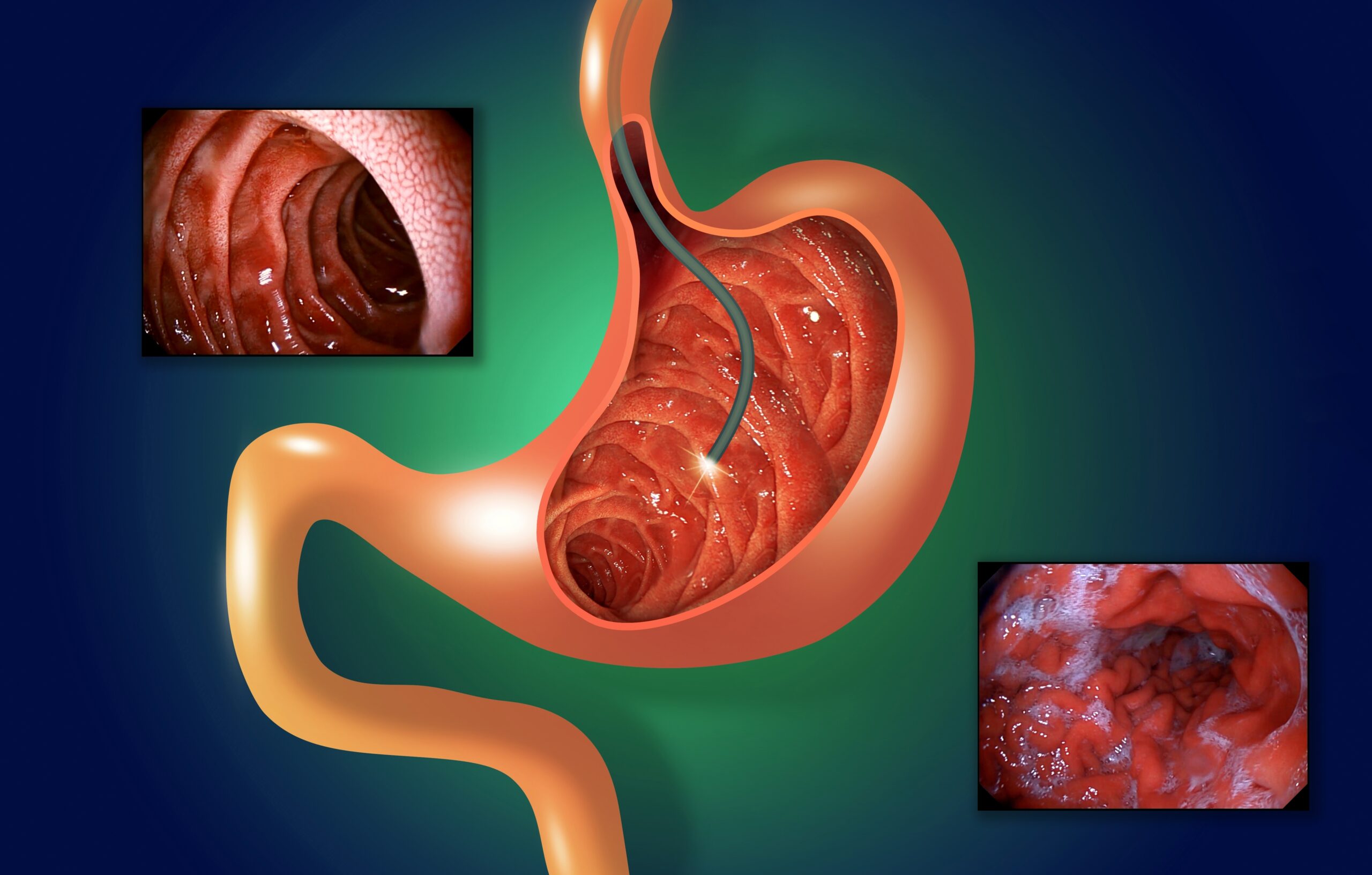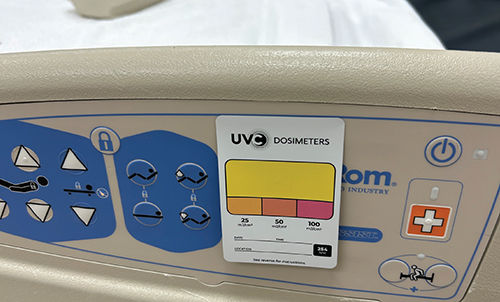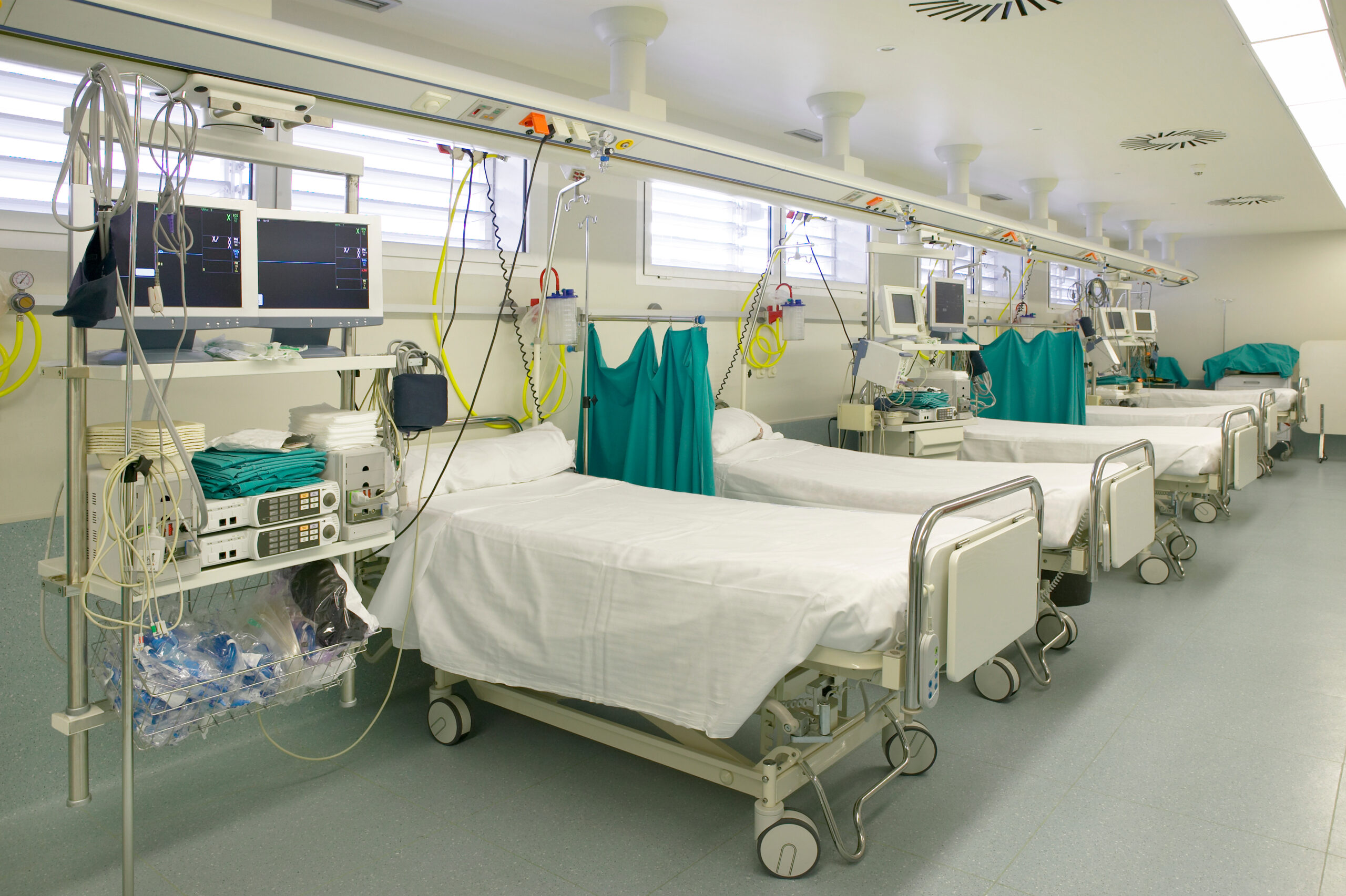Upcoming webinar covers 6 key metrics to improve OR capacity

Editor's Note A recent OR Manager Conference presentation on enhancing OR efficiency and transparency—and, in turn, hospital profitability—is coming to the web. Tune in live this Thursday, November 14 at 1 pm EST, when leaders from LiveData will offer an encore presentation detailing how a medical center in the southeastern…
OR “megafloor” combines inpatient, outpatient procedures

Editor's Note A newly constructed surgical “megafloor” that connects inpatient and outpatient ORs promises to aid workflow and add flexibility for perioperative teams at The University of California Irvine (UCI) Health—Irvine campus, Healthcare Design reported October 7. As detailed in the article, the academic center must accommodate a variety of…
Study: Improved OR design reduces surgery time, enhances efficiency

Editor's Note Better-designed ORs can lead to shorter orthopedic surgery times and fewer disruptions, according to a recent study in Health Environments Research & Design. Conducted by researchers at the University of Kansas, the study observed 70 unilateral total knee and hip replacement surgeries in two differently designed ORs at…
Spatial computing trial shows promise for enhancing OR efficiency, reducing strain on surgeons

Editor's Note Spatial computing technology could enhance surgical precision and ergonomics, according to a September 16 announcement published in EurekAlert! The report covers how surgeons at UC San Diego Health are pioneering the use of Apple Vision Pro in the OR to evaluate its potential for displaying medical imaging, vital…
Offsite sterilization fuels onsite efficiency for lean ASCs

For many in the healthcare industry, imagining surgery without onsite sterile processing seems unthinkable. Then again, performing total joints in an ambulatory surgery center (ASC) was unthinkable 10 years ago. ASC sterile processing departments (SPDs) are generally not designed to handle the high volumes of instrument trays, vendor trays, and…
Ambulatory endoscopy management strategies keep patients, finances healthy

Gastrointestinal (GI) endoscopy is one of the most common procedures in the US. Performed more than 17.1 million times per year in inpatient and outpatient hospital settings as well as ambulatory surgery centers (ASCs), GI procedures account for 68% of all endoscopies, according to a May 2022 article in Digestive…
Mayo Clinic evaluates impact of OR design on team performance, efficiency

Editor's Note Designing ORs with a focus on patient flow, room organization, and the needs of surgical teams can reduce burnout while improving workplace positivity and patient outcomes. That’s according to an April 9 report from Mayo Clinic, where researchers recently integrated 3D space capture technology with traditional focus groups…
Surface disinfection: How to play your cards right with UVC light

Approximately one in 31 hospital patients has at least one infection on any given day, according to the Centers for Disease Control and Prevention (CDC). In surgical settings, the risk is even higher, with up to 7% of patients developing an infection during surgery. These infections can lead to a…
Patient survey: Excessive needlesticks during hospital visits impede workflow

Editor's Note A new survey finds that hospital patients receive more needlesticks than necessary, negatively impacting their experience and contributing to workflow issues. The survey was published March 27 by medical technology company BD and conducted by the Harris Poll. More than 1 in 10 (11%) of 2,006 surveyed adults, including…
Safe postop patient recovery: A day in the PACU leader role

Critical assessment and rapid response are essentials skills for perioperative staff members, and that goes double for perioperative leadership. Patient-centered leadership is a must. Like the OR, the postanesthesia care unit (PACU, formerly referred to as the “recovery room”) is a critical care area plagued by an influx of new…

 Free Daily News
Free Daily News